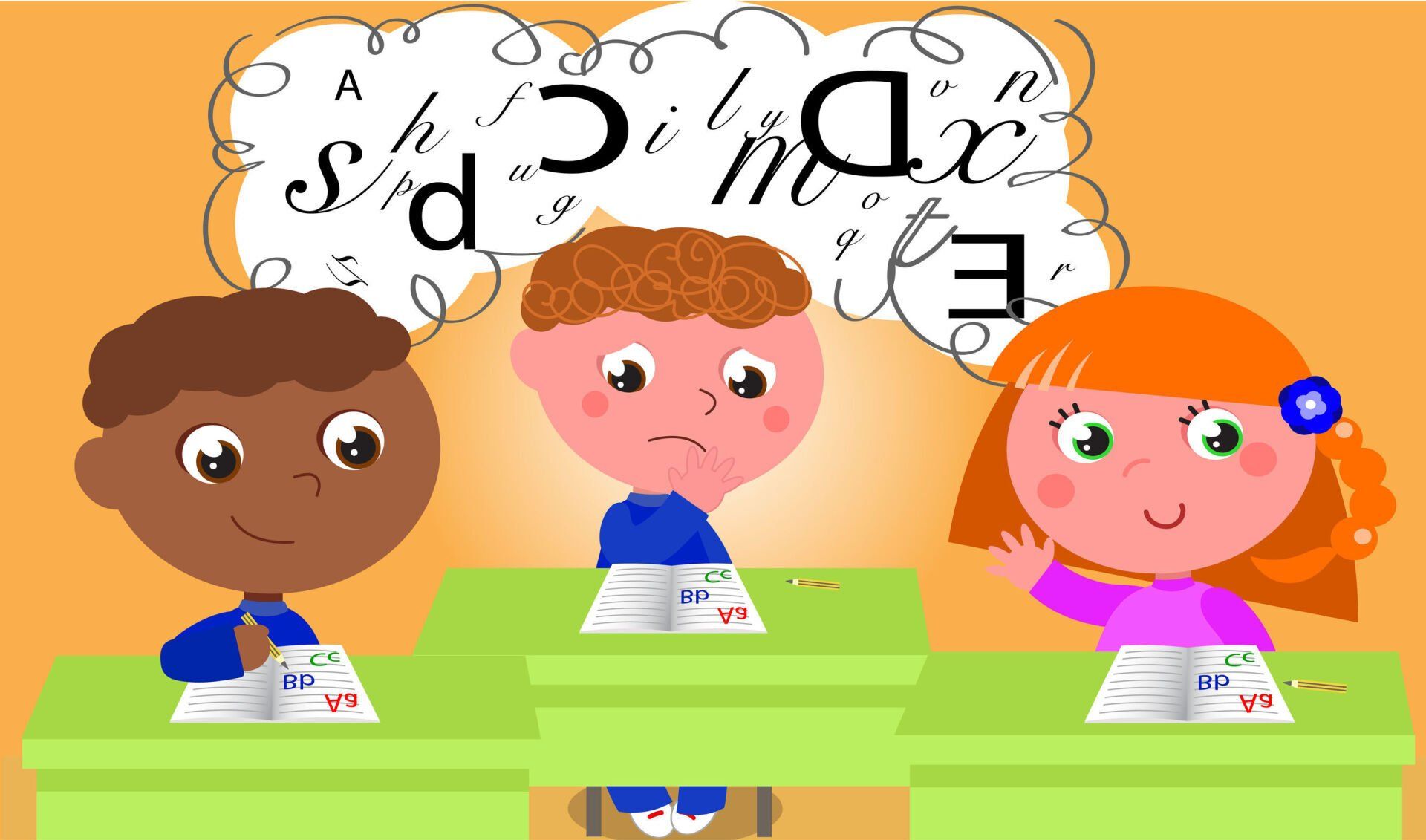Children Healthcare: Learning Disabilities in Malaysia

Is your child facing extraordinary difficulties in learning? If your child's teacher hasn't pointed it out yet, you'll soon find that it might not be your child's fault for finding learning challenging. It might be due to a learning disability.
To put it simply, learning disabilities are due to genetic and/or neurological factors that alter the brain functions to the point where it affects one or more cognitive processes related to learning.
These processing problems often become a major interference even when learning foundational skills such as reading, writing and/or math at a younger age. When manifesting in older children, they might also interfere with more advanced learning skills including time planning, organizational skills, abstract reasoning, long or short term memory and attention.
The most common signs and symptoms of learning difficulties with reading and writing are highly recognizable during a child's early schooling years. However, there are many children with learning disabilities in Malaysia that are not evaluated and go through life with this challenge, even until they graduate to the workforce.
What's the difference between learning disability and intellectual disability?
They are often much confused and interchanged, but learning disabilities should not be confused with intellectual disability when it comes to the learning process.
In fact, many individuals with learning disabilities display higher-than-average levels of intelligence. This is partially why many learning disabilities are referred to as “hidden disabilities” as the child may look perfectly normal and even exude a bright and intelligent personality, yet unable to perform academically or in the areas listed above.
Can learning disabilities be cured?
Unfortunately, a learning disability cannot be cured or fixed - it is a lifelong challenge. However, with appropriate support, rehabilitation and therapy, children with learning disabilities can achieve success in school, at work, in relationships, and in the community.
Types of learning disabilities in Malaysia
As there are numerous mental processes that affect learning, learning disabilities can vary dramatically. Here are five of the most common learning disabilities in Malaysia today.
1. Dyslexia
Dyslexia is perhaps the best known learning disability. It is a learning disorder that impedes a child’s ability to read and comprehend a text. There are a variety of ways in which this disability can be manifested. Some people struggle with phonemic awareness, which means they fail to recognize the way words break down according to sound.
Similar problems can occur with phonological processing, wherein children cannot distinguish between similar word sounds. Other issues generally relate to fluency, spelling, comprehension and more. Children may experience one reading issue or multiple issues when struggling with dyslexia.
2. ADHD (Attention Deficit/Hyperactivity Disorder)
While there is some debate as to whether or not ADHD is a learning disability in the most technical sense, there is no doubt that it is a common learning impediment. Children who have ADHD have difficulty paying attention and staying on task.
These children can be easily distracted and often have difficulty in traditional school settings. Experts link ADHD with the structure of the brain, and there is evidence that ADHD may have a genetic component as well. Unlike typical learning disabilities, which need instructional interventions, ADHD can be successfully treated with medications and behavioral therapies.
3. Dyscalculia
Math is another major area of concern when it comes to learning disabilities. While difficulty with reading can affect a child’s ability in math, some children also suffer from dyscalculia, which is a disorder that specifically affects one’s math capabilities.
Dyscalculia can range from an inability to order numbers correctly and extend to limited strategies for problem solving. Children with math disorders may have trouble performing basic math calculations, or they may have difficulty with concepts like time, measurement or estimation.
4. Dysgraphia
While reading disabilities receive the most attention, writing disabilities can be equally difficult to overcome. These disabilities are known as dysgraphia. Dysgraphia can be related to the physical act of writing. These children often cannot hold a pencil correctly, and their posture may be tense while trying to write.
This leads them to tire easily, causing discouragement that further inhibits progress. Dysgraphia can also refer to difficulty with written expression. With this type of disability, children have trouble organizing their thoughts coherently. Their writing may be redundant or have obvious omissions that affect the quality and readability of the text.
Dysgraphia may also cause children to struggle with basic sentence structure and grammatical awareness.
5. Processing Deficits
Learning disabilities are also connected to processing deficits. When children have a processing deficit, they have trouble making sense of sensory data. This makes it hard for children to perform in a traditional classroom without instructional support. These deficits are most often auditory or visual, and they can make it hard for children to distinguish and remember important information.
Choose Well Rehab as your trusted child therapy centre in Malaysia
Ensuring your child's quality of life improves with therapy drives all of us at Well Rehab.
As Malaysia's leading provider of physiotherapy treatment, we are the preferred, qualified and certified professionals that are trusted nationwide.
For more information about our therapies or services in Malaysia, you may contact us at +60 12 512 8487 or email
wellrehabmanagement@gmail.com




